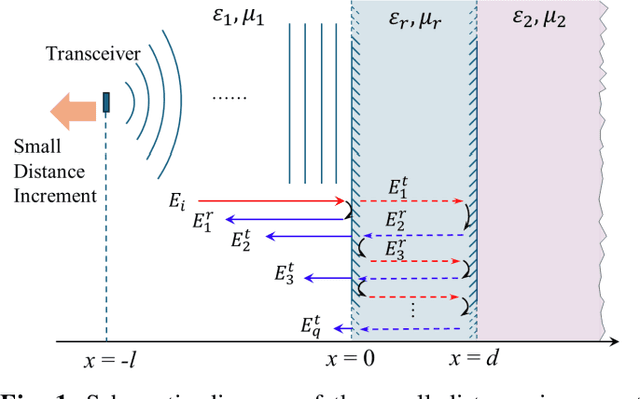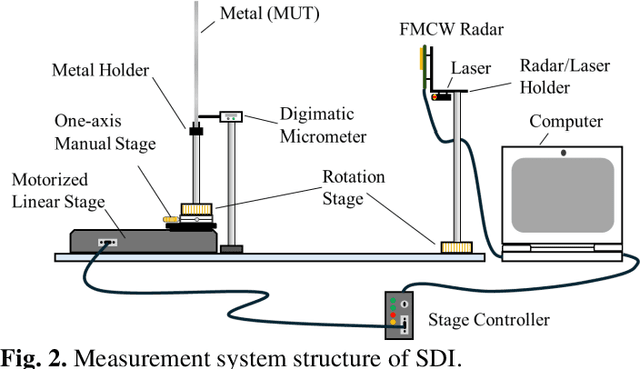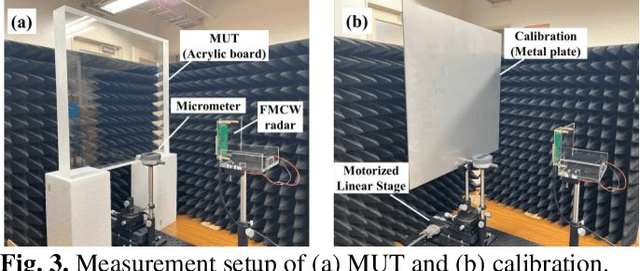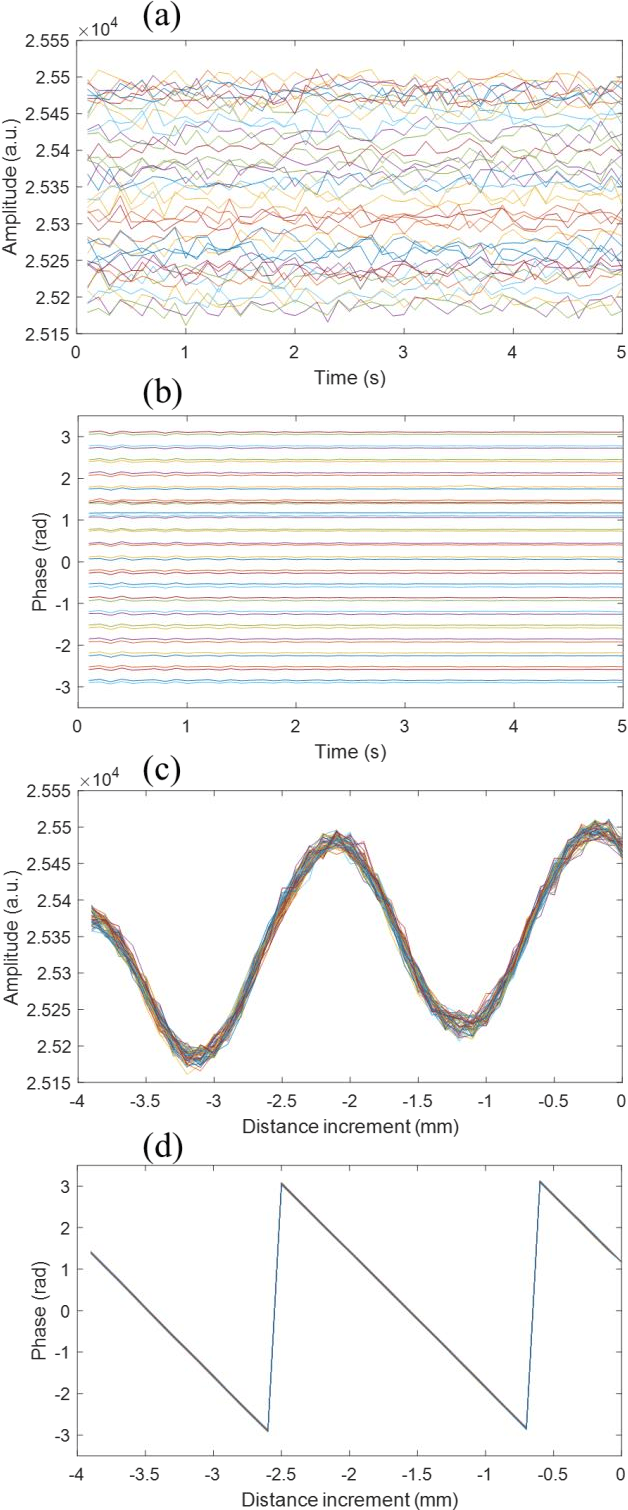Jun-ichi Takada
THz Channels for Short-Range Mobile Networks: Multipath Clusters and Human Body Shadowing
Dec 18, 2024Abstract:The THz band (0.1-10 THz) is emerging as a crucial enabler for sixth-generation (6G) mobile communication systems, overcoming the limitations of current technologies and unlocking new opportunities for low-latency and ultra-high-speed communications by utilizing several tens of GHz transmission bandwidths. However, extremely high spreading losses and other interaction losses pose significant challenges to establishing wide-area communication coverage, while human body shadowing further complicates maintaining stable communication links. Although point-to-point (P2P) fixed wireless access in the THz band has been successfully demonstrated, realizing fully mobile and reliable wireless access remains a challenge due to numerous issues to be solved for highly directional communication. To provide insights into the design of THz communication systems, this article addresses the challenges associated with THz short-range mobile access networks. It offers an overview of recent findings on the environment-dependence of multipath cluster channel properties and the impact of human body shadowing, based on measurements at 300 GHz using a double-directional high-resolution channel sounder and a motion capture-integrated channel sounder.
Site-Specific Radio Channel Representation -- Current State and Future Applications
Jun 18, 2024



Abstract:A site-specific radio channel representation considers the surroundings of the communication system through the environment geometry, such as buildings, vegetation, and mobile objects including their material and surface properties. In this article, we focus on communication technologies for 5G and beyond that are increasingly able to exploit the specific environment geometry for both communication and sensing. We present methods for a site-specific radio channel representation that is spatially consistent, such that mobile transmitter and receveiver cause a correlated time-varying channel impulse response. When modelled as random, this channel impulse response has non-stationary statistical properties, i.e., a time-variant Doppler spectrum, power delay profile, K-factor and spatial correlation. A site-specific radio channel representation will enable research into emerging 5G and beyond technologies such as distributed multiple-input multiple-output systems, reconfigurable intelligent surfaces, multi-band communication, and joint communication and sensing. These 5G and beyond technologies will be deployed for a wide range of environments, from dense urban areas to railways, road transportation, industrial automation, and unmanned aerial vehicles.
Small Distance Increment Method for Measuring Complex Permittivity With mmWave Radar
Mar 19, 2024



Abstract:Measuring the complex permittivity of material is essential in many scenarios such as quality check and component analysis. Generally, measurement methods for characterizing the material are based on the usage of vector network analyzer, which is large and not easy for on-site measurement, especially in high frequency range such as millimeter wave (mmWave). In addition, some measurement methods require the destruction of samples, which is not suitable for non-destructive inspection. In this work, a small distance increment (SDI) method is proposed to non-destructively measure the complex permittivity of material. In SDI, the transmitter and receiver are formed as the monostatic radar, which is facing towards the material under test (MUT). During the measurement, the distance between radar and MUT changes with small increments and the signals are recorded at each position. A mathematical model is formulated to depict the relationship among the complex permittivity, distance increment, and measured signals. By fitting the model, the complex permittivity of MUT is estimated. To implement and evaluate the proposed SDI method, a commercial off-the-shelf mmWave radar is utilized and the measurement system is developed. Then, the evaluation was carried out on the acrylic plate. With the proposed method, the estimated complex permittivity of acrylic plate shows good agreement with the literature values, demonstrating the efficacy of SDI method for characterizing the complex permittivity of material.
 Add to Chrome
Add to Chrome Add to Firefox
Add to Firefox Add to Edge
Add to Edge